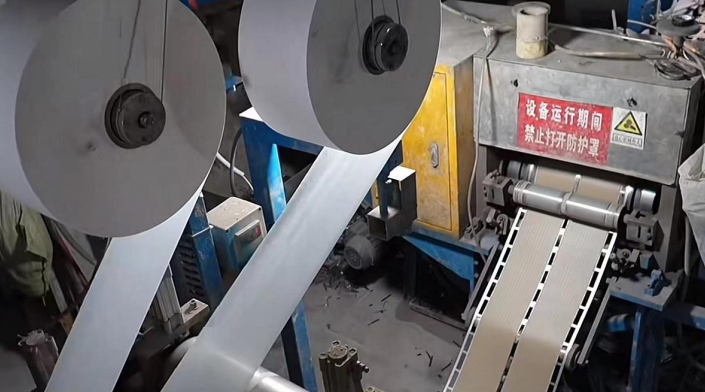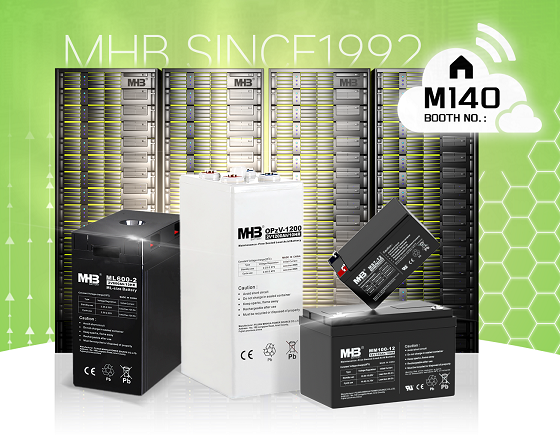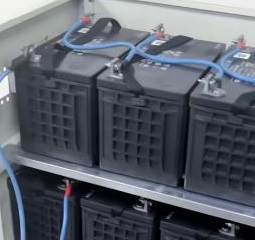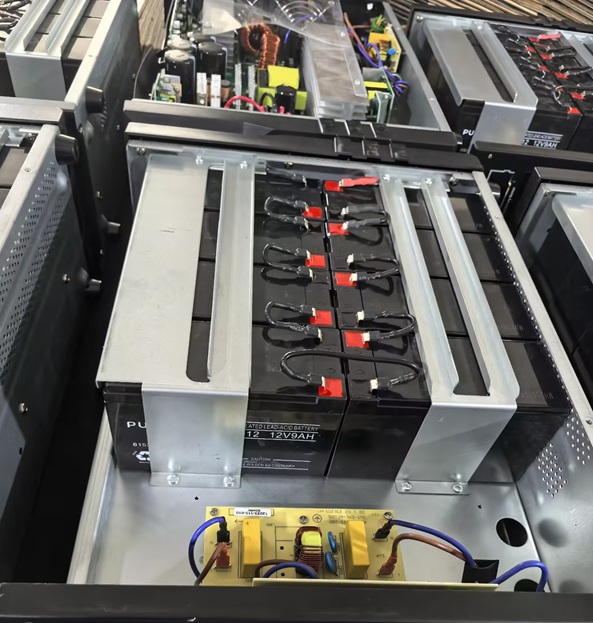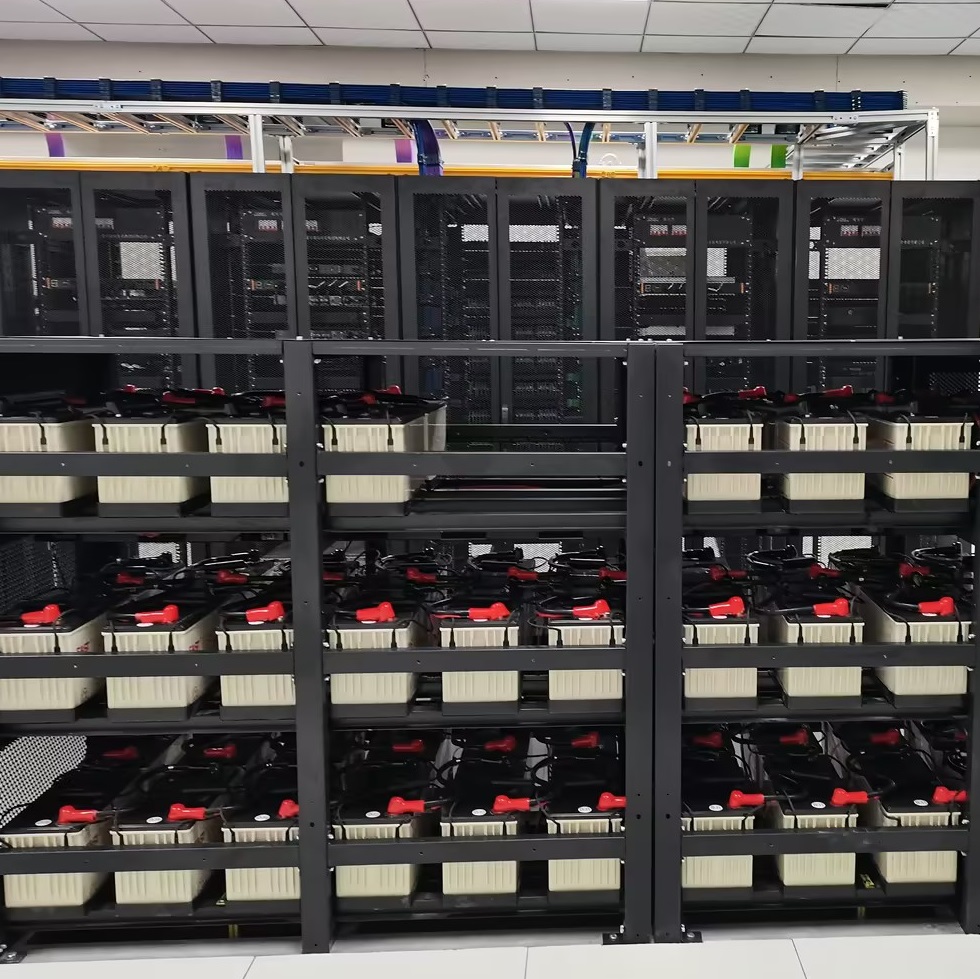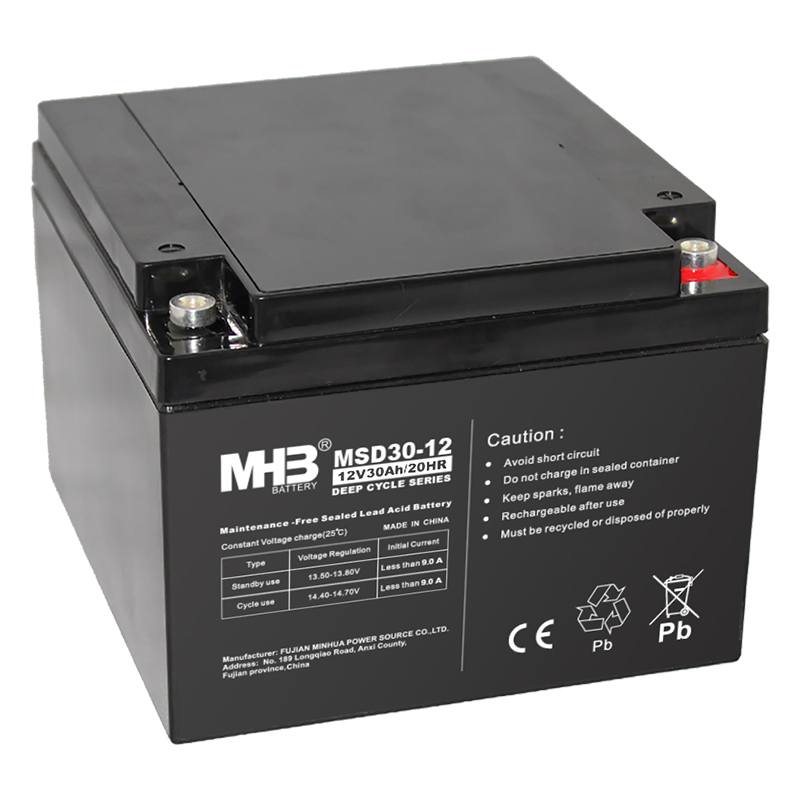Professional Guide to Industrial Battery Maintenance
Industrial batteries serve as critical energy storage units in Uninterruptible Power Supplies (UPS), telecommunications base stations, emergency power systems, data centers, and electric material handling equipment. A systematic, standards-based maintenance program enhances battery longevity, maximizes system reliability, and minimizes operational expenditure.
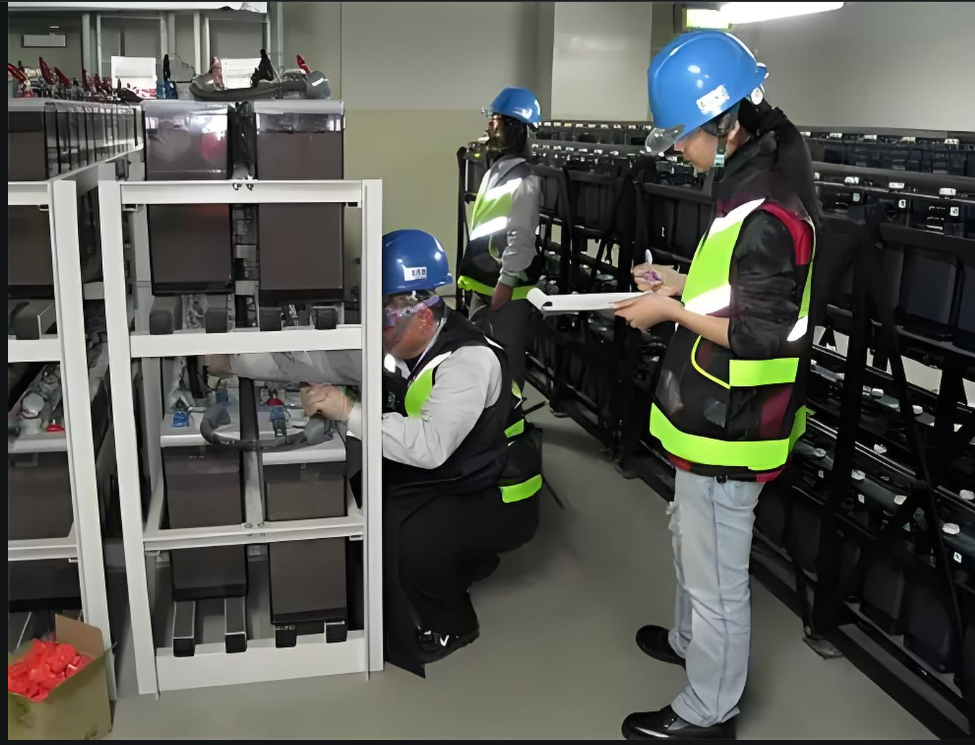
1. Key Battery Types and Feature Comparison
| Battery Type | Advantages | Disadvantages | Typical Applications |
|---|---|---|---|
| Lead–Acid (Vrla/AGM/GEL) | Low cost; proven reliability; simple maintenance | Lower energy density; sensitive to temperature fluctuations | UPS, backup power, telecom infrastructure |
| Lithium?Ion | High energy density; long cycle life; lightweight | Higher unit cost; requires Battery Management System (BMS) | Electric forklifts, microgrid storage, EVs |
| Nickel?Cadmium (NiCd) | Excellent high?temperature performance; stable discharge | Memory effect; environmental disposal concerns | Aerospace backup, high?temperature environments |
2. Maintenance Standards and Regulatory References
-
IEC?60896?21/22: Stationary lead?acid battery performance and test methods
-
IEEE?450: Recommended practice for maintenance testing of lead?acid batteries for UPS and standby power
-
UL?1989: Safety standard for Ups Systems
-
Local regulations: National Energy Administration guidelines, fire safety codes, telecom industry standards
Establish Standard Operating Procedures (SOPs) aligned with these standards to ensure consistent, safe, and compliant maintenance activities.
3. Daily Inspection and Monitoring
-
Visual Inspection
-
Enclosure integrity: no cracks, bulging, or leakage
-
Terminals and connectors: no corrosion; torque tightened to 8–12 N·m
-
-
Environmental Monitoring
-
Temperature: maintain 20–25?°C (max 30?°C)
-
Relative Humidity: <60% to prevent corrosion
-
Ventilation: airflow ≥0.5?m/s to disperse hydrogen gas
-
-
Electrical Measurements
-
Cell voltage: ±0.02?V accuracy across all cells
-
Specific gravity (lead–acid): 1.265–1.280?g/cm3
-
Internal resistance: ≤5?mΩ (varies by capacity/spec); use AC impedance analyzer
-
-
Online Monitoring (DCS/BMS)
-
Continuous tracking of State of Charge (SOC), State of Health (SOH), temperature, and internal resistance
-
Threshold alarms: e.g., temperature >28?°C or resistance increase >5% triggers maintenance work order
-
4. Periodic Maintenance and Testing Procedures
| Interval | Activity | Method & Standard |
|---|---|---|
| Weekly | Visual check & terminal torque | Record per IEEE?450 Annex?A |
| Monthly | Cell voltage & specific gravity | Calibrated voltmeter & hydrometer; ±0.5% accuracy |
| Quarterly | Internal resistance & capacity | Pulse discharge method per IEC?60896?21 |
| Annually | Equalization charge & float charge curve verification | Float: 2.25–2.30?V/cell; Equalization: 2.40?V/cell |
| Every 2–3 years | Deep discharge test & performance evaluation | ≥80% of rated capacity to pass |
Maintain electronic records detailing date, personnel, equipment, and results for traceability.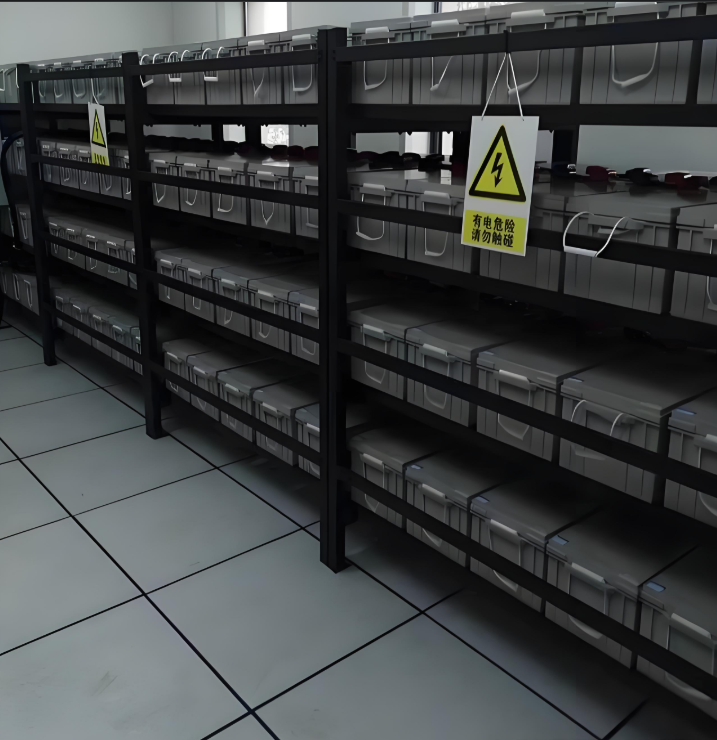
5. Safety Protection and Emergency Procedures
-
Personal Protective Equipment (PPE): Insulated gloves, safety goggles, chemical?resistant gloves
-
Short?Circuit Prevention: Use insulated tools; disconnect main bus before service
-
Acid Spill Response: Neutralize with sodium bicarbonate; rinse affected area with water
-
Fire Suppression: Keep ABC dry powder extinguishers on site; do not use water on electrical fires
Conduct regular drills to validate emergency response readiness.
6. Fault Diagnosis and Maintenance Optimization
-
Accelerated Capacity Fade: Perform C/10 discharge curve analysis to pinpoint degradation phase
-
Cell Imbalance: Analyze BMS data to identify parasitic drains or weak cells; replace individual failing units
-
Overheating during Charge: Correlate thermal logs with charge profiles; optimize current and cooling strategy
Leverage predictive maintenance by integrating machine learning algorithms with historical data to forecast health trends and schedule proactive interventions.
Conclusion
A professional maintenance regimen—grounded in international standards, data?driven monitoring, and predictive analytics—ensures industrial battery systems operate efficiently, reliably, and safely. Organizations should continuously refine their maintenance protocols and adopt intelligent monitoring solutions to achieve optimal performance and cost-effectiveness.

